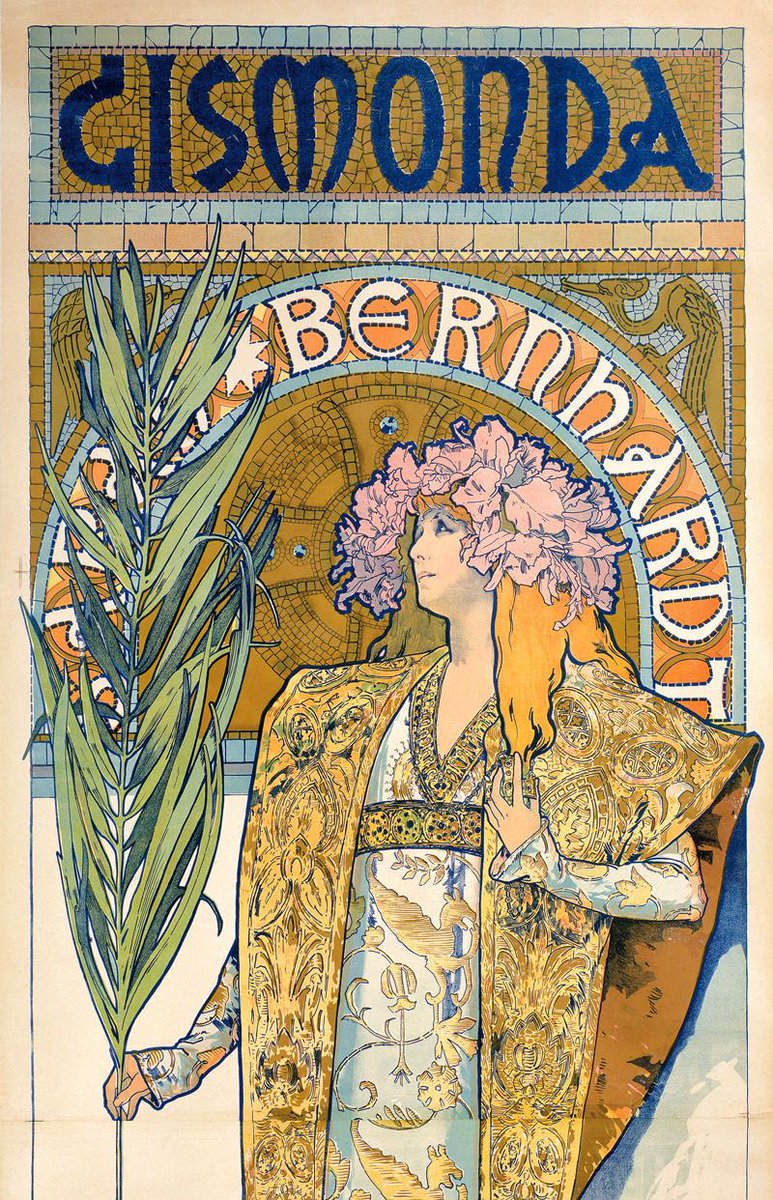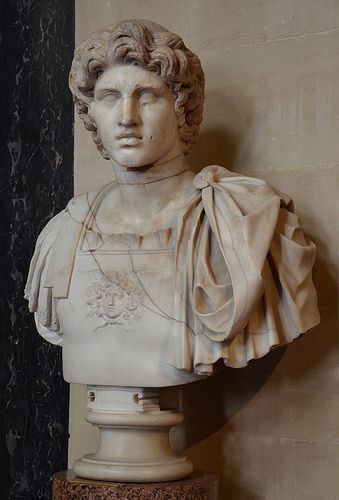Inspiring Dance Forms Around the World
Let's explore the world's diverse dance forms and celebrate movement, culture, and creativity.
(A thread🧵)
Let's explore the world's diverse dance forms and celebrate movement, culture, and creativity.
(A thread🧵)

1. Tango
Tango exudes passion and elegance. Originating along the Río de la Plata, it's a sensual partner dance that reflects love, longing, and desire.
Tango exudes passion and elegance. Originating along the Río de la Plata, it's a sensual partner dance that reflects love, longing, and desire.

2. Irish Step Dance
Irish step dance is characterized by rapid foot movements and an upright torso. It gained fame through shows like Riverdance.
Irish step dance is characterized by rapid foot movements and an upright torso. It gained fame through shows like Riverdance.

3. Butoh
Butoh is an avant-garde and surreal dance form. Originating in Japan, it explores themes of darkness, transformation, and vulnerability.
Butoh is an avant-garde and surreal dance form. Originating in Japan, it explores themes of darkness, transformation, and vulnerability.

4. Samba
Samba is Brazil's national dance, originating in Rio de Janeiro. It is a joyful and rhythmic dance performed during Carnival, characterized by hip sways and intricate footwork.
Samba is Brazil's national dance, originating in Rio de Janeiro. It is a joyful and rhythmic dance performed during Carnival, characterized by hip sways and intricate footwork.

5. Ballet
Ballet epitomizes grace and precision. It demands rigorous training and tells stories through exquisite movements.
Ballet epitomizes grace and precision. It demands rigorous training and tells stories through exquisite movements.

6. Kapa Haka
Kapa Haka is the Māori performing art. It includes haka (war dance), poi (swinging balls), and waiata (songs). It’s a powerful expression of identity and heritage.
Kapa Haka is the Māori performing art. It includes haka (war dance), poi (swinging balls), and waiata (songs). It’s a powerful expression of identity and heritage.

7. Hula
Hula is a Hawaiian dance form that celebrates nature, mythology, and history. It involves swaying hips, hand movements, and the wearing of vibrant costumes.
Hula is a Hawaiian dance form that celebrates nature, mythology, and history. It involves swaying hips, hand movements, and the wearing of vibrant costumes.

8. Kabuki
Kabuki is a traditional Japanese theatrical dance. Elaborate costumes, stylized gestures, and dramatic storytelling characterize this mesmerizing art form.
Kabuki is a traditional Japanese theatrical dance. Elaborate costumes, stylized gestures, and dramatic storytelling characterize this mesmerizing art form.

9. Flamenco
Flamenco is a passionate and soulful art form. Originating in Andalusia, Spain, it combines guitar playing, singing, finger snapping, and handclapping.
Flamenco is a passionate and soulful art form. Originating in Andalusia, Spain, it combines guitar playing, singing, finger snapping, and handclapping.

10. Bharatanatyam
Bharatanatyam is one of India's oldest classical dances. It combines intricate footwork, expressive hand gestures, and storytelling.
Bharatanatyam is one of India's oldest classical dances. It combines intricate footwork, expressive hand gestures, and storytelling.

11. Zaouli
Zaouli mask dance is a traditional dance of the Guro people of central Ivory Coast, also known as the most impossible dance in the world.
Zaouli mask dance is a traditional dance of the Guro people of central Ivory Coast, also known as the most impossible dance in the world.

12. The Dance of a Thousand Hands
The Thousand-Hand Guan Yin Dance is a performance that consists of hearing-impaired performers. The dance was created by the renowned Chinese choreographer, Zhang Jigang.
The Thousand-Hand Guan Yin Dance is a performance that consists of hearing-impaired performers. The dance was created by the renowned Chinese choreographer, Zhang Jigang.

13. Sufi Whirling
Sufi whirling is a mystical practice. Dervishes spin in meditative ecstasy, seeking union with the divine.
Sufi whirling is a mystical practice. Dervishes spin in meditative ecstasy, seeking union with the divine.

14. Polynesian Dance
Polynesian dances vary across islands like Tahiti, Samoa, and Fiji. They celebrate life, love, and legends, with swaying hips and rhythmic chants.
Polynesian dances vary across islands like Tahiti, Samoa, and Fiji. They celebrate life, love, and legends, with swaying hips and rhythmic chants.

15. Belly Dance
Belly dance, or Raqs Sharqi, emphasizes torso movements. It originated in the Middle East and celebrates femininity, sensuality, and grace.
Belly dance, or Raqs Sharqi, emphasizes torso movements. It originated in the Middle East and celebrates femininity, sensuality, and grace.

16. Khon
Khon is a masked dance-drama from Thailand. It depicts episodes from the Ramakien (the Thai version of the Ramayana) with intricate costumes and graceful movements.
Khon is a masked dance-drama from Thailand. It depicts episodes from the Ramakien (the Thai version of the Ramayana) with intricate costumes and graceful movements.

17. Tarantella
The tarantella is a lively Italian folk dance. Legend has it that it cures the bite of the tarantula spider. Spiraling steps and tambourines set the pace.
The tarantella is a lively Italian folk dance. Legend has it that it cures the bite of the tarantula spider. Spiraling steps and tambourines set the pace.

18. Waltz
The Waltz is a graceful ballroom dance that originated in the late 18th century and remains popular worldwide.
The Waltz is a graceful ballroom dance that originated in the late 18th century and remains popular worldwide.

19. Georgian Dance
Deeply ingrained in the nation's history and spirit, embodies resilience, joy, and creativity. It reflects struggles, triumphs, and the enduring Georgian essence.
Deeply ingrained in the nation's history and spirit, embodies resilience, joy, and creativity. It reflects struggles, triumphs, and the enduring Georgian essence.

20. Breakdance
Breakdancing emerged from African American and Puerto Rican communities. It is all about acrobatics, spins, and creativity.
Breakdancing emerged from African American and Puerto Rican communities. It is all about acrobatics, spins, and creativity.

21. Khaleegy
Khaleegy dance is popular in the Arabian Gulf region. It’s characterized by graceful hand movements, swaying hips, and vibrant costumes.
Khaleegy dance is popular in the Arabian Gulf region. It’s characterized by graceful hand movements, swaying hips, and vibrant costumes.

22. Polka
The polka is a lively couple dance originating from Central Europe. It features rapid footwork, a moderate tempo, and a distinctive hop-step movement.
The polka is a lively couple dance originating from Central Europe. It features rapid footwork, a moderate tempo, and a distinctive hop-step movement.

23. Yangko
Yangko is a Chinese folk dance that celebrates harvest and prosperity. Dancers move in synchrony, waving colorful handkerchiefs.
Yangko is a Chinese folk dance that celebrates harvest and prosperity. Dancers move in synchrony, waving colorful handkerchiefs.

24. Hora
Hora is a Romanian folk dance performed in a circle. It’s joyous, often danced at weddings and celebrations.
Hora is a Romanian folk dance performed in a circle. It’s joyous, often danced at weddings and celebrations.

Let's keep the rhythm alive! Feel free to add more dance forms to the list. Share your favorite in the comments!
If you've enjoyed this thread, please share the post below:
If you've enjoyed this thread, please share the post below:
https://x.com/xmuse_/status/1798354639789949139?t=uNfYp9Cjp8aD-CARxnSf3A&s=19
• • •
Missing some Tweet in this thread? You can try to
force a refresh






















